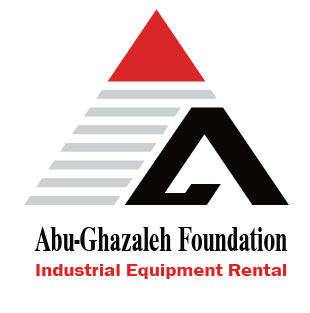Essential Tools and Equipment for Heavy Construction Projects
Overview of Crucial Tools for Heavy Construction
In the realm of heavy construction, the efficient and safe execution of projects hinges significantly on the availability and use of essential tools. These apparatuses fall into various categories, each contributing uniquely to the project’s progress. Among these categories are hand tools, power tools, and specialized equipment. Understanding their specific roles, importance, and selection criteria is vital for optimizing construction activities.
Hand tools form the backbone of any construction project. These include hammers, wrenches, pliers, screwdrivers, and measuring tapes. Despite their simplicity, they are indispensable for tasks requiring precision and control. Their ease of use and versatility make them suitable for a broad range of applications, ensuring that fundamental tasks are executed seamlessly.
Moving on to power tools, these are critical for enhancing efficiency and reducing manual labor. Drills, saws, grinders, and jackhammers fall under this category. Power tools are particularly useful in tasks requiring repetitive actions or greater force than that deliverable by hand tools. Their primary advantage lies in their ability to complete jobs faster and with increased accuracy, thereby significantly boosting productivity.
Lastly, specialized equipment includes an array of machinery designed for specific tasks within the construction spectrum. Excavators, bulldozers, cranes, and concrete mixers are typical examples. These machines facilitate the handling of heavy materials and the execution of large-scale operations. The introduction of advanced technology in these machines further augments their functionality, ensuring higher levels of precision and safety.
When selecting the right tools for a project, several factors must be considered. The nature and scope of the work, the tasks’ complexity, and the site’s conditions directly influence tool selection. Additionally, assessing tools based on their quality and reliability is essential. Opting for reputable brands known for durability and performance minimizes the risk of equipment failure and associated project delays. Proper maintenance and regular inspection of tools also promote their longevity and operational efficiency.
Maintenance and Safety Practices for Heavy Construction Equipment
Effective maintenance and safety practices are paramount in ensuring the longevity and safe operation of heavy construction equipment. Regular maintenance schedules play a critical role in this regard, helping to prevent unexpected breakdowns and extending the life of machinery. Routine checks should include inspecting vital components such as hydraulic systems, engines, and electrical systems. Lubrication of moving parts, timely replacement of worn-out components, and regular cleaning are essential maintenance tasks that can greatly reduce wear and tear.
Identifying early signs of wear and tear is another crucial aspect of equipment maintenance. Operators and maintenance personnel should be vigilant for indicators such as unusual noises, fluid leaks, and reduced performance levels. Addressing these signs promptly can help avert major mechanical failures, thereby minimizing downtime and repair costs.
Adherence to stringent safety protocols is equally essential. Workers must be trained to handle equipment proficiently and implement proper handling techniques strictly. Protective gear, including hard hats, gloves, high-visibility vests, and safety boots, is mandatory and should be worn at all times to mitigate the risk of injuries. Furthermore, establishing and following comprehensive safety guidelines helps prevent accidents and promotes a culture of safety within the workforce.
Effective training programs are pivotal in educating workers about the specific safety requirements and proper operational procedures relevant to the heavy construction tools they will be using. These programs should cover a wide array of topics from basic safety principles to advanced operation techniques. Continuous education and safety reminders can enhance workers’ competence and confidence, contributing to a safer work environment.
The importance of adhering to industry standards and regulations cannot be overstated. Compliance with these norms ensures not only the safety of the workers but also protects the organization from potential legal issues and fines. Regular audits and updates to safety protocols help keep practices aligned with current industry standards, fostering a secure workplace that prioritizes the well-being of its personnel and the efficient functioning of its equipment.


Leave a reply